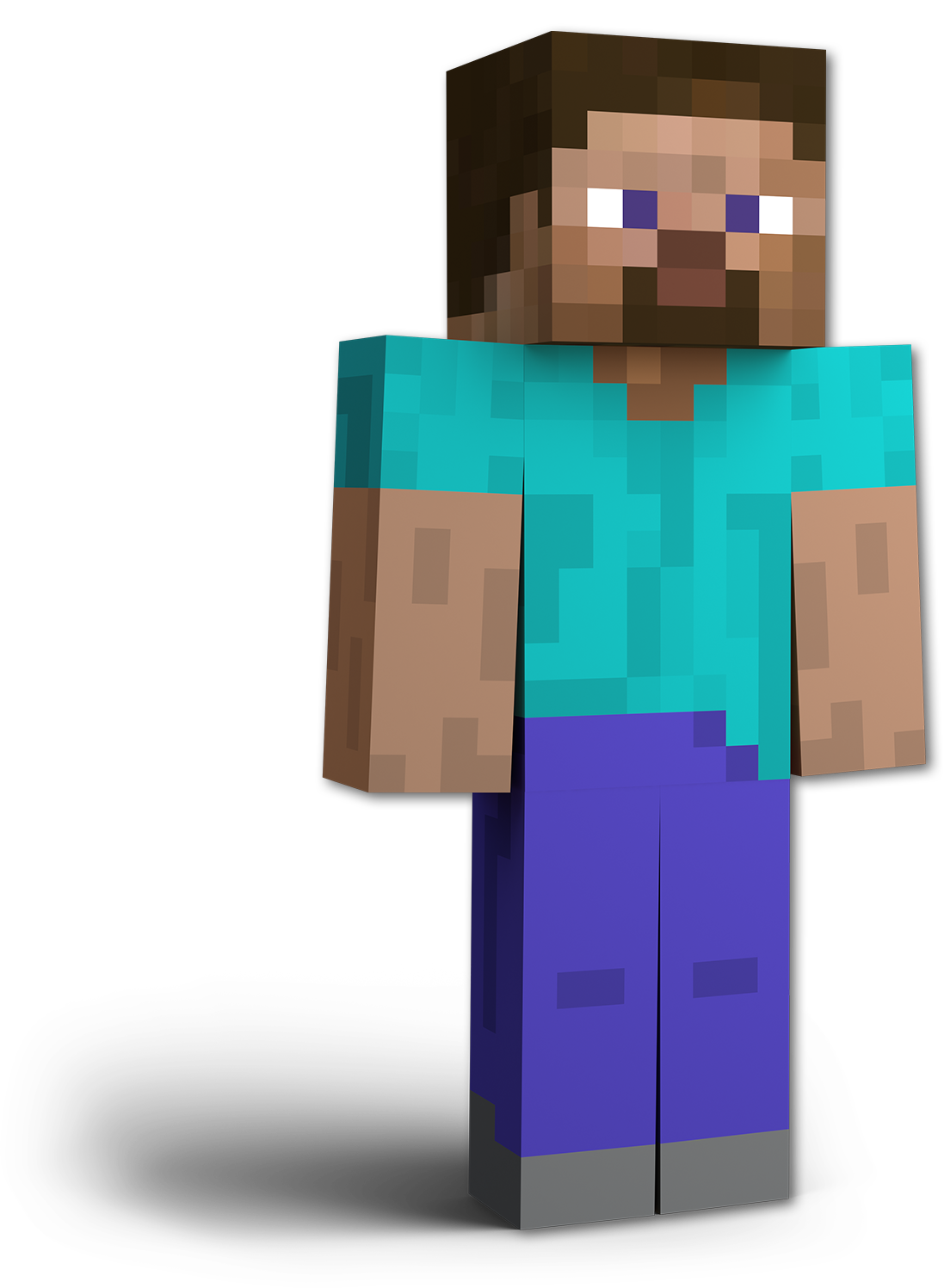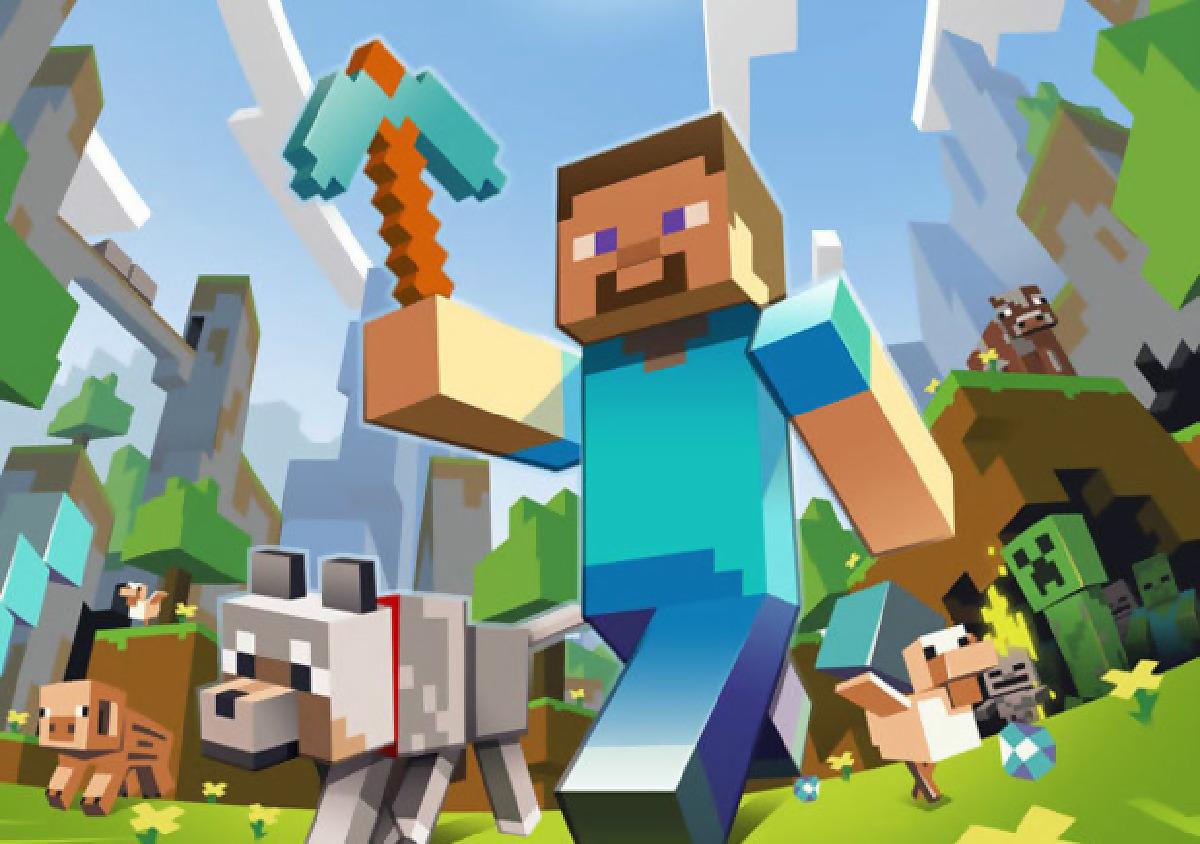Minecraft’s Global Influence on Education and Learning

Minecraft, the wildly popular sandbox video game, has transcended its entertainment roots to become a valuable tool in the realm of education. Its immersive, open-ended nature has made it an ideal platform for educators to engage students in a variety of subjects, foster collaboration, and cultivate creativity.

-
Interactive Learning Environments: Minecraft allows students to construct virtual worlds, experiment with materials, and solve problems collaboratively. By building castles, designing cities, or navigating through generated landscapes, students can actively participate in their learning, making the experience more engaging and memorable.

-
Subject Integration: Minecraft can be seamlessly integrated into various subjects. In science, students can create models of ecosystems, perform virtual experiments, and explore the periodic table. In history, they can build ancient civilizations, reconstruct historical events, and design museums.
-
Collaboration and Problem-Solving: Minecraft promotes teamwork as players work together to build projects, solve challenges, and explore the vast game world. This fosters communication, cooperation, and critical thinking skills essential for success in both academic and professional settings.
-
Creativity and Imagination: The open-ended nature of Minecraft encourages students to exercise their creativity. They can design unique structures, create intricate landscapes, and participate in imaginative role-playing, fostering their self-expression and developing their imagination.
-
Digital Literacy and Technology Skills: By using Minecraft in educational settings, students develop valuable digital literacy skills. They learn to navigate the game’s interface, understand its coding system, and use technology as a tool for learning.
-
Global Reach: Minecraft’s widespread popularity makes it an accessible educational resource for students around the world. Classrooms can connect with students from different cultures, collaborate on projects, and share their knowledge and perspectives, fostering global awareness and understanding.
In conclusion, Minecraft’s immersive gameplay, endless possibilities, and collaborative nature have made it an invaluable educational tool. By providing interactive learning environments, fostering collaboration, cultivating creativity, and promoting digital literacy, Minecraft plays a significant role in transforming modern education and preparing students for the future.## Minecraft’s Global Influence On Education And Learning
Executive Summary
Minecraft, a sandbox video game, has become an increasingly popular tool for education and learning. Its open-ended gameplay and tools foster creativity, collaboration, problem-solving, and digital literacy skills. With its immense popularity and immersive environment, Minecraft has the potential to transform education, making it more engaging, collaborative, and personalized for students of all ages.
Introduction
Minecraft’s impact on education has been widely recognized by educators and institutions worldwide. Its unique blend of creativity, collaboration, and technological elements has made it a powerful tool for teaching and learning across various subjects and age groups. By harnessing the game’s potential, educators can enhance student engagement, develop essential 21st-century skills, and foster a lifelong love for learning.
Minecraft in Education: Top 5 Subtopics
1. Creative World-Building
- Empowers Imagination: Minecraft allows students to build and design their own worlds, fostering creativity and spatial reasoning.
- Brings Collaborative Projects to Life: Classmates can work together to create massive structures or complete quests, promoting teamwork and communication skills.
- Ignites Interest in STEM Subjects: Designing and constructing in Minecraft encourages students to think critically about math, physics, and engineering concepts.
- Supports Game-Based Learning: Minecraft’s open-ended gameplay enables educators to create custom scenarios and challenges tailored to specific learning objectives.
2. Problem-Solving and Critical Thinking
- Encourages Experiential Learning: Students face and solve real-time challenges in Minecraft, developing adaptability and problem-solving skills.
- Promotes Trial and Error: Minecraft’s iterative nature allows students to experiment with different solutions, making learning less linear and more engaging.
- Fosters Logic and Reasoning: The game’s resource gathering, crafting, and construction mechanics require students to make logical connections and apply critical thinking.
- Develops Strategic Planning: Minecraft challenges students to plan and adapt their actions to achieve specific goals, honing their strategic thinking abilities.
3. Digital Literacy and Technology Skills
- Enhances Computational Thinking: Minecraft’s in-game mechanics and mods expose students to basic coding concepts and computational thinking principles.
- Introduces Digital Fabrication: Students can design and print their own Minecraft creations using digital fabrication tools, such as 3D printers.
- Familiarizes with Virtual Environments: Minecraft provides a safe and immersive introduction to virtual environments, preparing students for the future of metaverse technology.
- Promotes Media Literacy: Students analyze and create virtual media within Minecraft, developing critical thinking and digital literacy skills.
4. Social and Emotional Development
- Facilitates Collaborative Learning: Minecraft’s multiplayer mode encourages students to interact and collaborate, building trust and communication skills.
- Engenders Empathy and Cooperation: Players learn to work together, negotiate, and overcome challenges as a team, fostering empathy and cooperation.
- Promotes Inclusive Environments: Minecraft’s diverse gameplay styles allow for inclusive participation, accommodating students with different learning preferences and abilities.
- Empowers Children with Disabilities: The game’s adaptability and accessibility features empower children with disabilities to participate fully in educational experiences.
5. Cross-Curricular Applications
- Immersive History Lessons: Minecraft can recreate historical events and environments, bringing history to life and enhancing engagement.
- Virtual Language Labs: Minecraft multiplayer servers allow students to practice speaking and interacting in foreign languages with peers from around the world.
- Science Simulations: Minecraft’s world-building tools enable educators to create scientific models and scenarios, simulating experiments and natural phenomena.
- Personalized Learning Journeys: Minecraft allows educators to tailor learning experiences to individual student interests and learning styles, creating personalized learning pathways.
Conclusion
Minecraft’s global influence on education is undeniable. Its immersive environment, open-ended gameplay, and diverse applications make it a powerful tool for teaching and learning. By embracing Minecraft’s potential, educators can cultivate creativity, critical thinking, digital literacy, social development, and a lifelong love for learning in their students. As technology continues to evolve, Minecraft and similar games will play an increasingly significant role in shaping the future of education.
Keyword Phrase Tags
- Minecraft in Education
- Educational Applications of Minecraft
- Minecraft for STEM Learning
- Social and Emotional Development in Minecraft
- Personalized Learning through Minecraft

Minecraft is a very impotant and influent game that has a lot of potentials for education and learning. There are many different ways to use Minecraft in the classroom, and it can be used to teach a wide variety os subjects, Such as math, science, history, and language arts.
Minecraft sucks and has no valuable use. It is a wast of time and resources.
Minecraft can be a usefull tool for learning, but it’s not a one-size-fits-all solution. Some students may not be interested in playing Minecraft, or they may not have the necessary computer skills. Additionally, Minecraft can be expensive to purchase and maintain, which may limit its accessibility for some schools.
I disagree with the claim that Minecraft is beneficial for education. I believe that it is more of a distraction than anything else. Students who spend too much time playing Minecraft may be neglecting their studies.
Oh yes, let’s all praise the wonders of Minecraft in education. It’s not like there are any other more effective and engaging ways to teach students.
Sure, let’s use Minecraft to teach kids about STEM subjects. Because nothing says educational like building virtual Legos.
I bet the students will be so excited to learn about the Pythagorean theorem in Minecraft. They’ll be like, ‘Oh boy, another boring math lesson!’
While Minecraft can be a fun and engaging game, it’s important to consider its effectiveness as an educational tool. There is limited research on the educational benefits of Minecraft, and more studies are needed to determine its true impact on learning.
I’ve heard mixed reviews about Minecraft in education. Some people say it’s a great tool for learning, while others say it’s just a game. I’d love to hear from some teachers who have used Minecraft in their classrooms.